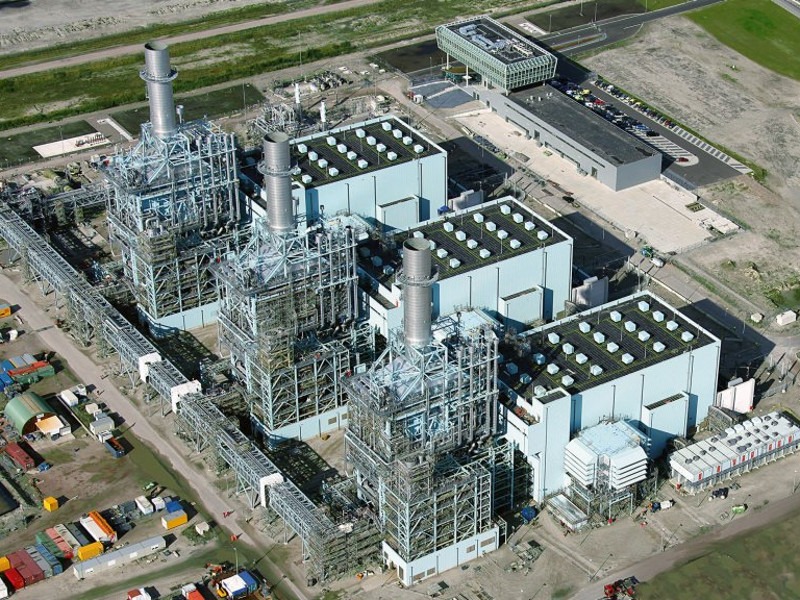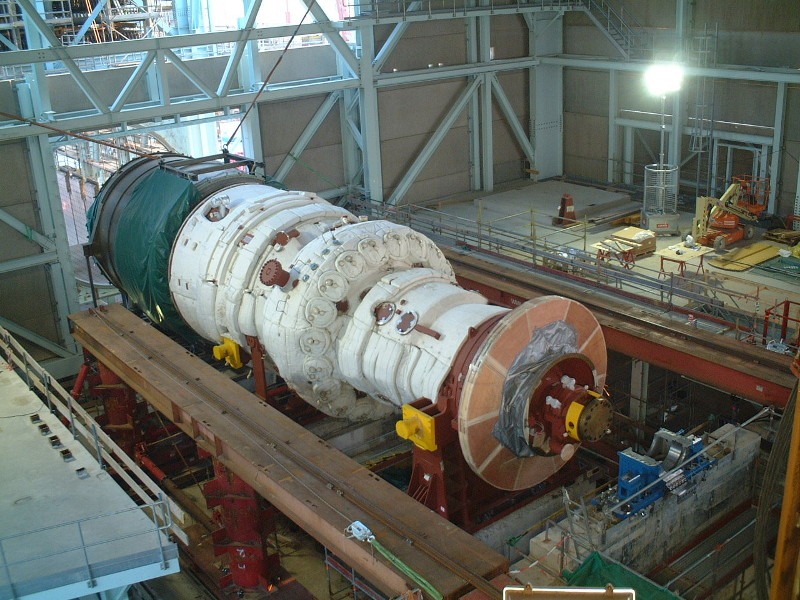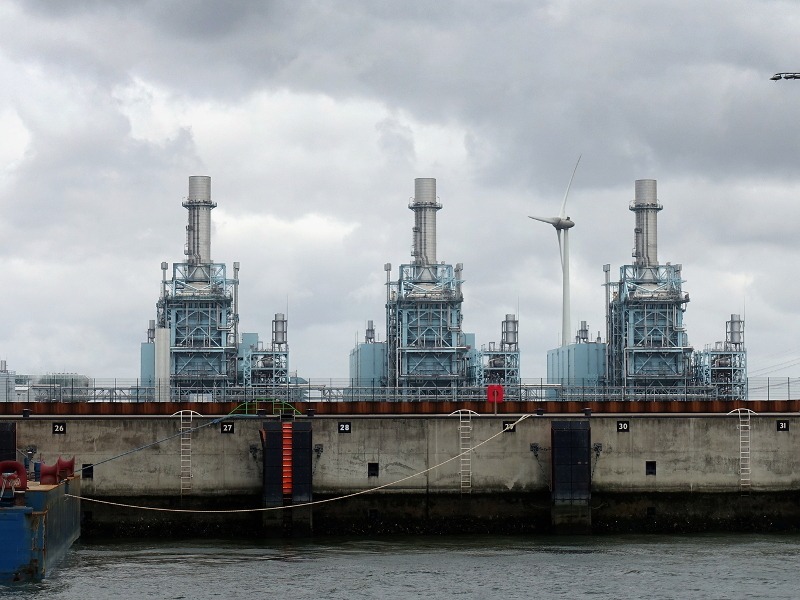The Nuon Magnum power plant is a 1.32GW gas-fired combined-cycle power plant located in Eemshaven, Netherlands. Operational since 2014, the three-unit plant is owned and operated by Nuon, a wholly-owned subsidiary of Vattenfall.
The facility is capable for generating enough power to serve the needs of approximately two million Dutch households.
An innovative hydrogen conversion project is currently underway at the power station to convert one of its units to run on hydrogen by 2023. Nuon Magnum will be the world’s first such facility to generate 100% carbon-free power using hydrogen as fuel, upon completion.
Nuon Magnum power project development history
The Nuon Magnum plant was originally conceived as an integrated gasification combined-cycle (IGCC) plant. The plant design was based on the multi-fuel concept for generating power using a wide range of organic materials including coal, petroleum, and biomass.
Project Gallery
-

The 1.32GW Nuon Magnum power plant is located in Eemshaven, Netherlands. Image courtesy of Koos Boertjens / Vattenfall.
-

Mitsubishi Heavy Industries (MHI) provided gas turbines for the Nuon Magnum power plant. Image courtesy of Vattenfall Nederland.
-

The Nuon Magnum power plant has been operational since 2014. Image courtesy of Peter Kleiweg.
Construction of the plant was started in 2007 but postponed in May 2008 due to regulatory permit issues. The construction was resumed in September 2009 and the plant was brought into operation in 2014.
Coal gasification technology was planned to be introduced in the phase two development of the project, which would have helped run the three units on syngas derived from coal.
The coal gasification project was, however, first postponed in 2011 and later scrapped in March 2016 owing to economic and environmental concerns.
Nuon Magnum power plant make-up
Built at the Energy Park Eemshaven near the Eemshaven seaport in the Groningen province of the Netherlands, the Nuon Magnum power plant comprises three 440MW combined-cycle power generation units.
Each unit consists of a gas turbine, a steam turbine, and a generator provided by Mitsubishi Heavy Industries (MHI). The plant currently operates on 100% natural gas and uses sea water for cooling.
Its emissions are expected to be reduced by 1.3 million tonnes of carbon dioxide (CO2) a year, upon conversion of one of its units to run on hydrogen by 2023.
Details of the hydrogen conversion project
A memorandum of understanding for the innovative development of the hydrogen-based carbon-free gas power generation project at the Nuon Magnum facility was signed between Nuon, Gasunie, and Equinor (formerly Statoil) in July 2017.
Mitsubisi Hitachi Power Systems (MHPS) was appointed to investigate the feasibility and develop appropriate turbine technology for 100% hydrogen-based power generation at the power station, in March 2018.
Statoil is responsible for hydrogen production by converting the Norwegian natural gas into hydrogen and carbon dioxide, while Gasunie is engaged in research for the transportation and storage of hydrogen at the power station.
The CO2 released during the hydrogen production process is planned to be stored in underground facilities off the Norwegian coast.
Nuon’s long-term vision is to locally produce hydrogen through the electrolysis process by splitting water into oxygen and hydrogen. The electricity required for the electrolysis will be sourced from renewable sources.
Energy storage facility at Nuon Magnum power plant
Battolyser, a joint venture between Delft University of Technology and Proton Ventures, received a grant of €480,000 ($545,000) from the Dutch public-sector funding agency Waddenfonds to build a 15kW/60kWh energy storage facility at the Nuon Magnum power plant, in June 2018.
Scheduled for commissioning in 2019, the battolyser facility will not only work as an efficient battery to store or supply electricity, but also split water into hydrogen and oxygen through electrolysis.
Contractors involved
Mitsubishi Heavy Industries (MHI) was awarded the full-turnkey engineering, procurement, and construction (EPC) contract for all the three generating units of the Nuon Magnum power plant in February 2008.
MHI subcontracted Ballast Nedam for the civil construction works, while NEM was engaged for constructing the boilers.
FIP Magnum, a consortium of Fabricom, Irem, and Pontecelli, was subcontracted for mechanical construction, installation, and instrumentation works, while ABB was engaged for electrical installations.
